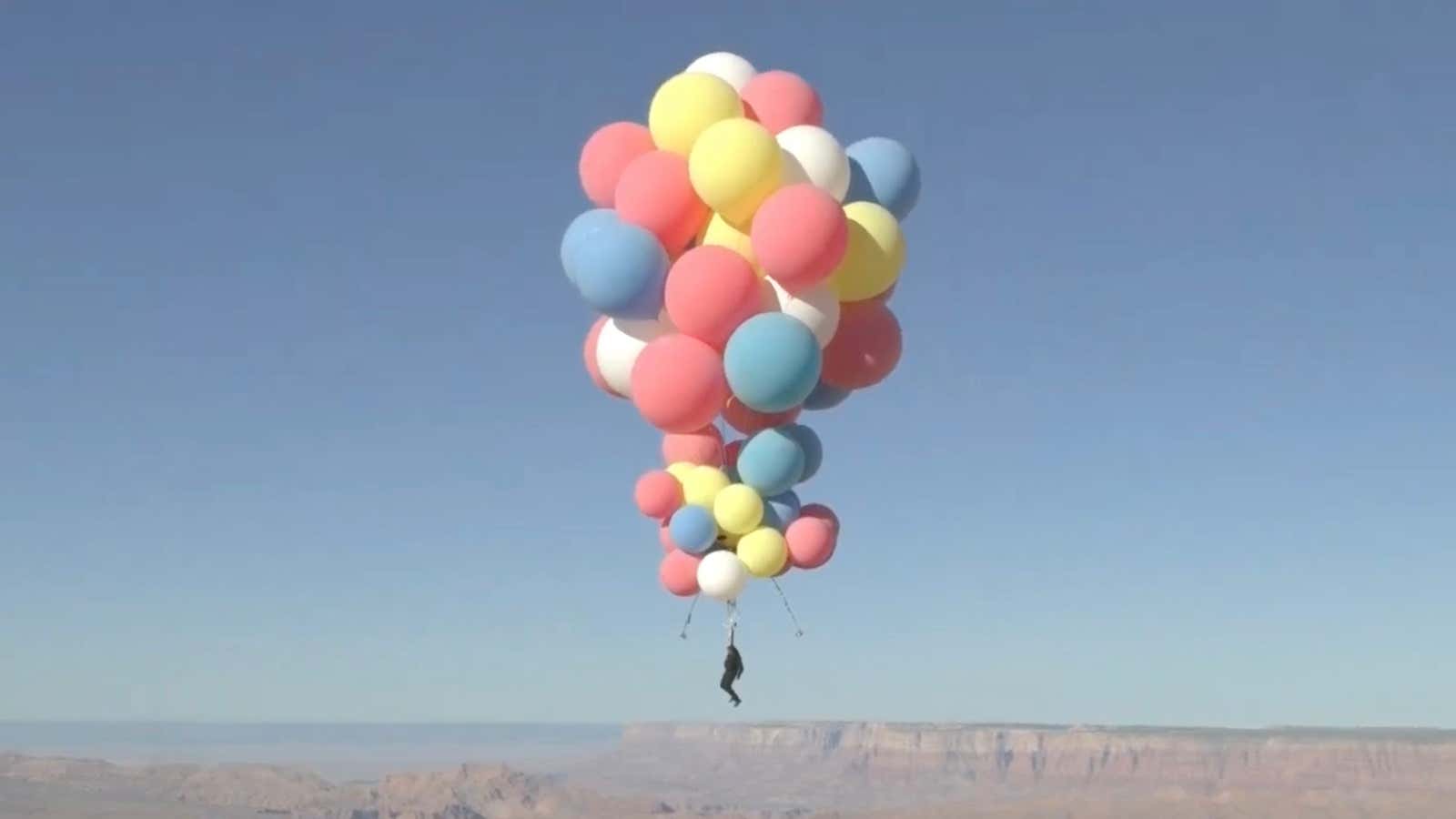The coronavirus pandemic has pushed US financial data into extreme territory.
Welcome to debt mountain
The federal government is heading for historic levels of debt, with borrowing back to levels unseen since World War II. US government debt as a ratio of GDP is poised to exceed 100% for the full fiscal year, making it the first time that’s happened since 1946, according to projections from the Center for Management and Budget.
Still, quite a few experts would like to see the US borrow even more. Congress has already spent nearly $3 trillion to support businesses and workers, and Federal Reserve chair Jerome Powell believes it’s still too early for politicians to be stingy. “Additional fiscal support could be costly, but worth it if it helps avoid long-term economic damage and leaves us with a stronger recovery,” he said in May.
When it comes to raising funds, the market isn’t standing in the government’s way. Investors are lending money to the US for 10 years at an interest rate of 0.7%—close to the lowest interest rates ever recorded. Bond investors expect inflation levels of less than 2% for the next decade, showing they think prices increases will be contained. Political haggling appears to be the only thing preventing more support for the economy.
It’s all about jobs
Unemployment is also at an extreme, which is why Democrats and Republicans are in talks to spend another $1.3 trillion to $2.2 trillion to support workers, households, and companies.
The improvement in US unemployment has been gradual and uneven. Unemployment insurance claims are decreasing, but the gains have been bumpy, signaling the economy is far from a sustained recovery. Indeed.com, a jobs website, said new postings on its platform showed signs of deteriorating. “We’re not remotely out of this crisis yet,” said Indeed economist AnnElizabeth Konkel. “The virus needs to be in check. Without that, a full recovery is out of reach.”
The economic crisis hit non-white workers and women hardest, and has been more severe for people who don’t earn as much money. The employment picture for high-wage workers (people making more than $60,000 a year) is nearly back to where it was on Feb. 1, according to Opportunity Insights data. For low-wage workers, the employment rate is still about 16% lower than it was.
At least the stock market is optimistic
There’s a lot to worry about these days, yet the US stock market is extremely optimistic. The S&P 500 Index of large US companies closed at a record level 22 times this year.
Stock investors are looking past the pandemic disruption to a time when companies are earning money like they used to. They’re also probably counting on immense government support to help the economy get through the crisis. (If Congress fails to agree on another slug of spending, stock investors will have to revisit this thesis.)
The Fed, meanwhile, has pulled out pretty much all the stops to help the economy. The central bank has been buying $80 billion worth of Treasury bonds a week to keep interest rates low, and now says it will keep interest rates low even when (if) price increases start to pick up again. Some investors see this as a green light to binge on risk. Lower borrowing costs should make it easier for companies to refinance, making defaults less likely. With safer assets yielding so little, investors may feel they have little choice but to buy stocks.
Stock brokerage apps have also been a tailwind for equities. It’s never been easier to buy shares, injecting a new generation of investors into the US market. Amid widespread lockdowns earlier this year, a lot of people probably didn’t have much else to spend their money on; many had extra money in their pockets thanks to government stimulus.
The question is whether the stock market, and the high-flying tech companies carrying it, will continue to defy gravity. If employment and the rest of the economy fail to get momentum, shares will probably come back to Earth. The drop could be extreme.
